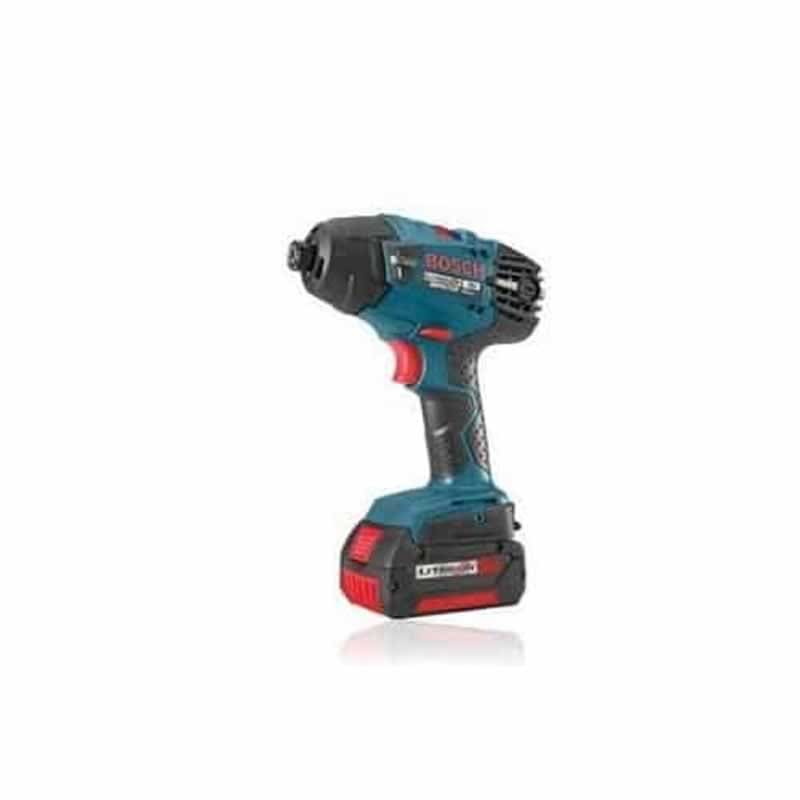What is the best garden hose? The answer isn’t the same for every garden or yard. Your choice in garden hoses depends mainly on your user needs and the climate. From different materials and styles to the right length, you have lots of choices in garden hoses.

If you feel overwhelmed with the garden hose choices, keep reading to learn how to choose the best option.
Hose Types
Standard hoses work for general watering and washing uses. Some are advertised as being reinforced or kink-free hoses.
Expandable hoses get longer when they fill with water. This is a space-saving option, but you also need to empty the water each time for it to shrink back down to its smaller size.
A similar option is a flat hose. It lies flat until you turn on the water. The water fills it out and makes it round.
A sprinkler or soaker hose has holes along its length. Sprinkler hoses shoot water out of the holes and into the air. Soaker hoses let the water gently trickle out of the holes to make the soil wet.
Commercial or industrial hoses are more durable. They’re suitable for heavier-duty use. They can also handle hot water.
Material Considerations
Vinyl and rubber are the two main material options for garden hoses. Some use a combination of the two.
Vinyl hoses are usually more affordable and are sometimes reinforced. They work best in mild climates. They can handle light watering needs.
Rubber hoses cost more and weigh more than vinyl hoses, but they’re much more durable than vinyl. Rubber is better if you live in a climate with extreme temperatures and harsh weather. It also works best if you’re using the hose with hot water.
A combo hose takes the best qualities of both, including the durability and flexibility of rubber. They’re lighter because of the vinyl component. Some hoses, such as the Parker Push Lok hose, come with different cover materials.

Flexibility
A flexible hose is easier to handle and maneuver to different parts of your yard. If the hose is too flexible, it’s more likely to kink. Kinking is not only annoying, but it can also cause the hose to split or crack. You can check the flexibility by bending the hose. See if it kinks easily when bent to determine how easy it’ll be to use.
Garden Hose Length
Garden hoses are most often available in 25-foot increments from 25 to 100 feet. You can find shorter hoses that are only 10 feet long or longer hoses up to 250 feet. Longer hoses offer convenience if you have a large property, but they are more difficult to handle. The water pressure also tends to diminish when you have a longer hose.
Choose a hose that’s long enough to reach the areas you plan to water. Avoid anything longer for the best results. Don’t forget to not the hose diameter, too. They usually range from 1/2 inch to 3/4 inch in diameter. A larger diameter allows the hose to deliver more water. This increases pressure and allows you to water or wash things faster.
Choose the Best Garden Hose
The best garden hose for you depends largely on your climate and your watering needs. Consider the important features of garden hoses to choose one for you. Find more helpful DIY home information in our archives!






